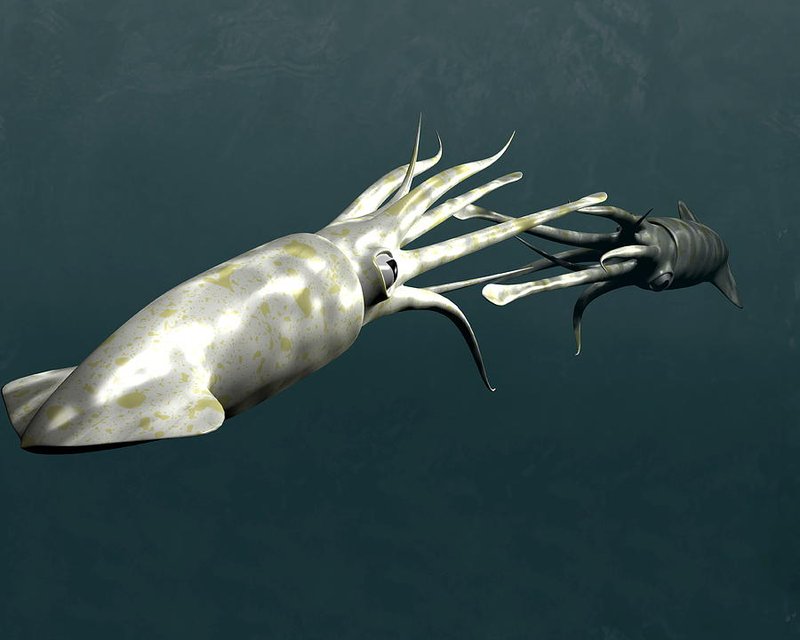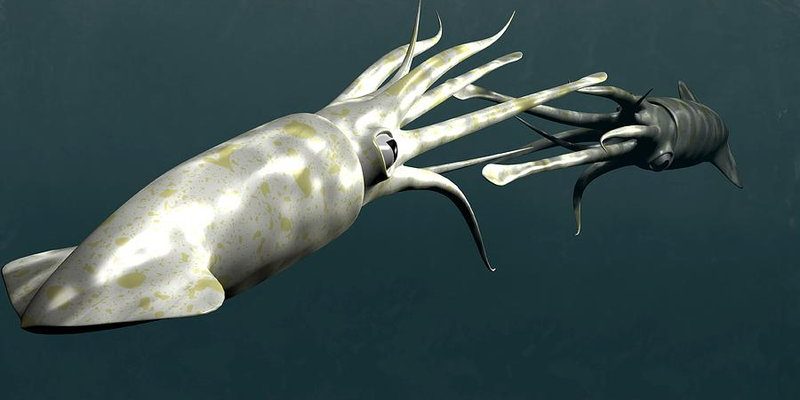
When it comes to breeding, squids have their own delightful and rather complex methods. Imagine a romantic underwater ballet, where squids engage in colorful displays to attract their mates. It’s all about survival and ensuring the continuation of their species. So, grab your virtual scuba gear, and let’s break down the captivating process of squid breeding and reproduction.
Understanding Squid Mating Rituals
Squid mating is nothing short of spectacular. During the breeding season, male squids flash vibrant colors, signaling their readiness to attract a female. Picture this: a male squid showcasing an array of dazzling displays. He changes hues rapidly to catch the attention of a potential mate. It’s similar to a peacock spreading its feathers, only under the waves!
Once a male has successfully caught the eye of a female, the two engage in a dance. This involves a series of intimate movements where they may intertwine their tentacles. It’s during this enchanting dance that the male will transfer his sperm to the female. The male uses a special arm called a hectocotylus to deliver his sperm packets. This process can be quite brief but is essential for the next step in the reproductive cycle.
The Role of Fertilization
After mating, the female squid takes center stage. She can store the sperm for several weeks before fertilization occurs. This ability gives her more control over when to fertilize her eggs, which is crucial for the survival of her offspring. Think of her as a gardener planting seeds at just the right moment for optimal growth.
When she’s ready, the female lays thousands of tiny eggs, often in jelly-like clusters. These eggs are carefully attached to seagrasses or other substrates. Depending on the species, a single female can lay anywhere from a few hundred to tens of thousands of eggs! It’s a bit like tossing thousands of tiny seeds into the ocean, hoping some will take root and grow into fully-fledged squid.
Incubation and Hatching
Once the female lays her eggs, she might stick around to guard them, but many species do not. The embryos develop inside the eggs, relying on yolk for nourishment during this incubation period. This phase can last from several weeks to months, depending on the species and environmental conditions.
As the embryos develop, they undergo various changes. You might say they’re “cooking” inside their eggs, getting ready to take on the world. When conditions are just right—like temperature and food availability—the eggs hatch, releasing tiny squidlings into the ocean. This is a crucial moment; they must find food quickly to survive.
Life Cycle of the Squid
After hatching, the baby squids begin their lives as plankton, drifting along with ocean currents. This stage is often referred to as the larval stage. During this time, they grow rapidly and undergo several transformations. As they mature, they start to develop the skills needed for hunting and avoiding predators.
The growth phase can be divided into a few stages:
- Hatching: Baby squids emerge from their eggs and become planktonic.
- Juvenile Stage: They begin to look more like adults, developing fins and coloration.
- Adult Stage: Fully grown squids are ready to reproduce and start the cycle anew.
Each stage has its challenges, but it’s a crucial part of their development. Honestly, it’s amazing how resilient these creatures are!
Environmental Influences on Reproduction
Squid reproduction doesn’t happen in a vacuum. Various environmental factors play a significant role in their breeding success. Things like water temperature, food availability, and even salinity can influence their mating habits and the overall health of their offspring.
For instance, warmer waters tend to encourage breeding activity. If a squid is in an environment rich in food, it’s more likely to thrive and successfully reproduce. Think of it as a banquet: when there’s plenty to eat, everyone is happy and active. Conversely, in a stressed environment, squids might delay reproduction or produce fewer eggs, resulting in lower survival rates for their young.
The breeding and reproduction of squids is truly a remarkable process. From the vibrant mating rituals to the care taken in laying eggs, every step is aimed at ensuring the survival of the species. While squids are often seen as mysterious creatures of the deep, their reproductive behaviors reveal just how intricate and resilient life can be beneath the waves.
As we continue to explore and learn about these fascinating creatures, let’s remember the importance of preserving their habitats. Squids play a vital role in our ocean ecosystem, and understanding their life cycle helps us appreciate the delicate balance of marine life. So next time you think of squids, remember the unseen dance of life that takes place in the heart of the ocean!

